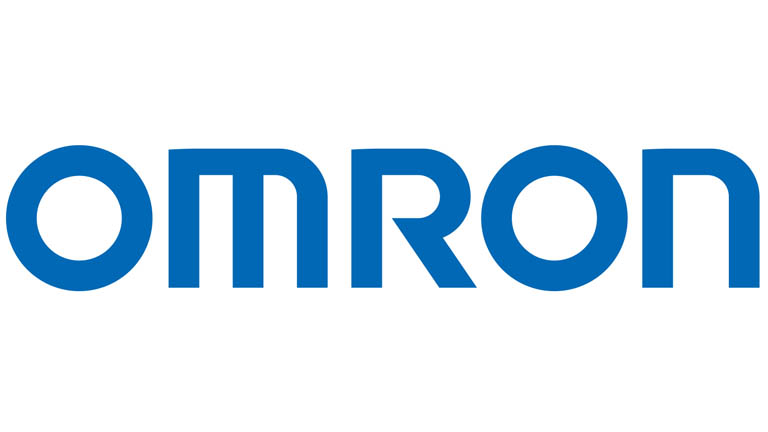Key trends and technologies in medical applications
An interview with Hafeez Najumudeen, European Distribution Manager, OMRON
Hafeez joined OMRON in 2015 as a Product Marketing Manager before moving into the European Distribution Manager role, a position he has occupied for over three years. He has extensive marketing experience, including three years in product marketing with Yokogawa, and six years with Siemens Enterprise Communications. He has an MBA gained with TiasNimbas Business School, Netherlands/University of Bradford, UK and a Bachelor in Engineering, Electronics and Communications from the University of Madras.
What are the main trends you are seeing in the healthcare/medical technology sector in EMEA?
With over half a million technologies – from sticking plasters to full body scanners – the medical sector is one of the most diverse, which makes identifying a single trend difficult. But there is evidence to show that the rate of innovation in the medical sector is very high; three out of the top ten fields of technical patent applications are related to this area; medical technology, pharmaceutical and biotechnology. Medical technology is surpassed only by patents categorised as digital communication.
In addition, Europe has a positive trade balance in medical devices in the global market, with the main trade partners being the US, China, Japan and Mexico. This indicates the medical technology sector in Europe is very healthy and continues to grow.
One trend that is apparent is the increased use of data and its collection using advanced devices. This data not only assists heath providers and patients, but also helps in the design of new devices, making them more efficient. Recent events have also shown how important it can become to reduce the development and approval cycle for these products; the insights provided by data are also helping in this respect.
What are the key technologies that are enabling new applications and enhanced functionality in healthcare equipment?

|
|
Position of Europe in the global medical device market (1)
|
New sensor technologies are constantly being introduced and evaluated, both to enable new applications and to improve the functionality of existing medical equipment. Historically, any sensor used in medical applications would typically have been based on a mechanical principle alone, but integrated technology has enabled the manufacturers of MEMS sensors to redefine this application space.
As an example, many companies are considering how pressure sensors can now be used to augment applications such as inhalers, to automatically detect the patient's breathing. Environmental sensors are now used to monitor the patient's environment, such as temperature, humidity, pressure, VOC and air purity.
Along with advanced sensing solutions, traditional e-mech components such as MOSFET relays, signal relays, tactile switches and FPC connectors are still needed in these applications, but it is apparent that new technologies are allowing the overall dimensions of medical equipment to be reduced, while functionality continues to increase.
Do you see a trend where functionality from medical electronics is being adopted in other areas?
Standard medical practices, such as frequent and vigorous hand washing, the use of antibacterial solutions and symptom monitoring are all becoming more common outside of a medical environment. This is where devices like light reflective sensors can be used in non-contact automated door opening and soap dispensers. Other sensors are being used in medical devices to measure body temperature without the need for physical contact; a high temperature can indicate a potential fever.
These and other sensors like them are now being used to automate processes designed to promote hygiene, such as water and soap dispensing or door opening. The same technology has already been put to good use in automatic hand sanitisers, too.
We can expect more of these types of applications moving forward, as the general public becomes more familiar with the technologies and more accepting of its benefits.
Describe the key challenges that engineers face within the health care market
The overriding requirement remains patient safety, and the necessity for approvals is unlikely to be relaxed in a post-COVID world.
That puts greater pressure on engineers to bring new products to market in a shorter timeframe, as the rate of innovation is only increasing. Competition is essential to any market, and the medical sector is no exception.
Working with suppliers who are familiar with the relevant approval processes and standards can help here. At the component level, specific medical approval is generally not required, but in Europe all medical products and equipment are classified under either Class I, Class IIA, Class IIB or Class III. At OMRON, we encourage the customer to share this information so we can approve the use of our products based on this classification. We usually work with Class I and Class IIA medical products.
When it comes to Class IIB we approve the use of OMRON products based on final application and if the customers can fulfil certain criteria such as adaptability of fail-safe mechanism in the design. With its long history in e-mech and sensor products, along with a strong global network, OMRON can also help its customers and partners to develop new products that address the current social needs of the wider society.
1. Source: https://www.medtecheurope.org/wp-content/uploads/2020/05/The-European-Medical-Technology-Industry-in-figures-2020.pdf




